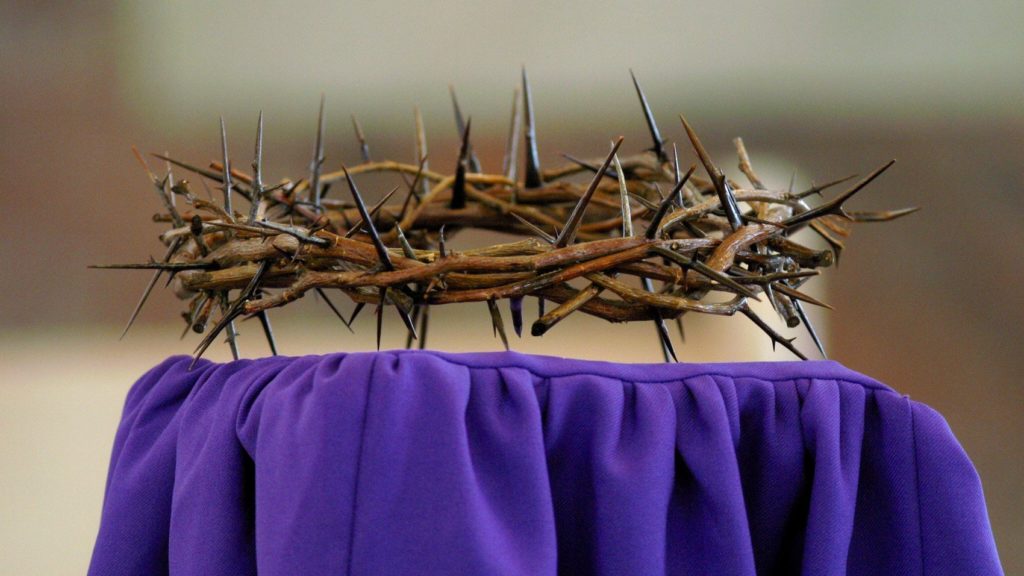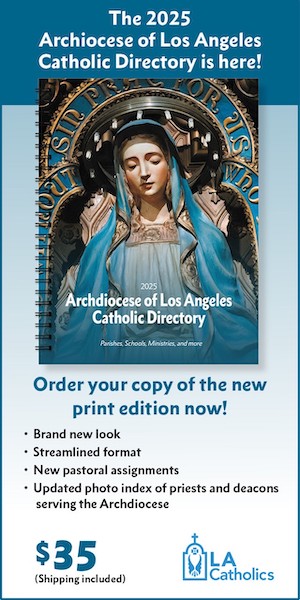Two items came across my radar screen this week, as we commence the holy season of Lent. The first was a short video of a disco rave that took place (I’m not making this up) in Canterbury Cathedral in England. The clip showed hundreds of young people gyrating to throbbing dance music, cups of beer in their raised hands, as lights flashed all around them. You could plainly see above them the gorgeously decorated ceiling of the cathedral and receding into the background the hauntingly beautiful gothic nave. Having visited Canterbury Cathedral a number of times, I knew that not at all far from where this nightclub scene was playing out was the site where St. Thomas Becket was murdered by agents of King Henry II in 1170. In other words, the present-day managers of the cathedral felt it was just fine that very near the place where one of England’s greatest saints gave his life for the faith a disco should break out. The dean of the cathedral, Dr. David Monteith, said, “Whether people choose to come to Canterbury Cathedral primarily as worshippers, sightseers, or attendees at our events—which include classical concerts, light and sound installations, and craft workshops—it’s always joyous to see them discover this incredible place anew and on their own terms.” For Pete’s sake . . .
The whole point, of course, is that cathedrals are not meant to be experienced “on our terms.” They are meant to draw us out of ourselves into the contemplation of a higher world. They are designed to disorient us and to compel us to see things differently. When we allow a disco celebration to take place inside a sacred space, we, quite literally, desecrate the place, we render it un-holy, for “holy” means “set apart.” The thousands upon thousands of pilgrims who came to the Canterbury Cathedral over the centuries to visit the tomb of St. Thomas Becket were seeking access to the mystical dimension that lies beyond this world. They came from the ordinary realm of shopping, farming, entertainment, and family, and they knew that they would return to that realm after their pilgrimage. But they also knew that the church was something else, something strange and alluring, and they most certainly did not want it transformed into farm fields or village streets or a bawdy dance hall.
St. John of Damascus said that prayer is “raising the mind and the heart to God,” and the Church teaches that Lent is, par excellence, a time of prayer. So let us, during this holy season, cultivate “cathedral space” in our lives; please let us not permit the secular and the ordinary to dominate that space.
The second item that I chanced upon was an advertisement in a Catholic Church for Ash Wednesday. Next to a symbol representing ashes in the sign of the cross, it said, “Ashes say you belong.” Now, don’t get me wrong. I’m sure those who put up that ad had nothing but good intentions, and there is certainly nothing in the world wrong with making people feel welcome. But once again, for Pete’s sake . . . When the priest or minister applies the ashes to someone’s forehead, he says either “Remember you are dust and to dust you shall return” or “Repent and believe the Good News.” In other words, the ashes are not meant as a sign of welcome. They are meant to be the starkest possible reminder that we will die and that our bodies, even if they are young and beautiful, will inevitably return to the dirt of the earth and that we are sinners who have rebelled against God and who need to radically turn our lives around. In a word, the ashes are dark, alarming, somber—and meant to be so.
The Church in which I came of age—which is to say, the Church of the immediate postconciliar period—was, if I can put it this way, relentlessly positive. Joy, peace, God’s love and forgiveness, the goodness of all things, eternal life—these were what we exclusively talked about, sang about, insisted upon. And all of those are indeed central to the Bible and the great spiritual tradition. But so are suffering, loss, God’s judgment and demand, the fallenness of the world, deep and painful resistance to God, etc. I would challenge you to read any two pages of the Bible, Old Testament or New, and not encounter this darker side of our religion. Lent is a privileged time during the liturgical year when we are encouraged to come to grips with our sin, our mortality, our moral frailty, and our need for forgiveness. I guess I found that advertisement so off-putting because it obfuscated the message of Lent and interfered with the proper spiritual dynamic of the season. Not everything has to be chirpy and upbeat in the religious order. In point of fact, I believe that one reason so many have opted out of the Church is that our presentation of the faith has become superficial, unreal, nicey-nicey.
So, as we enter into these forty days, I say, “Let Lent be Lent!”

